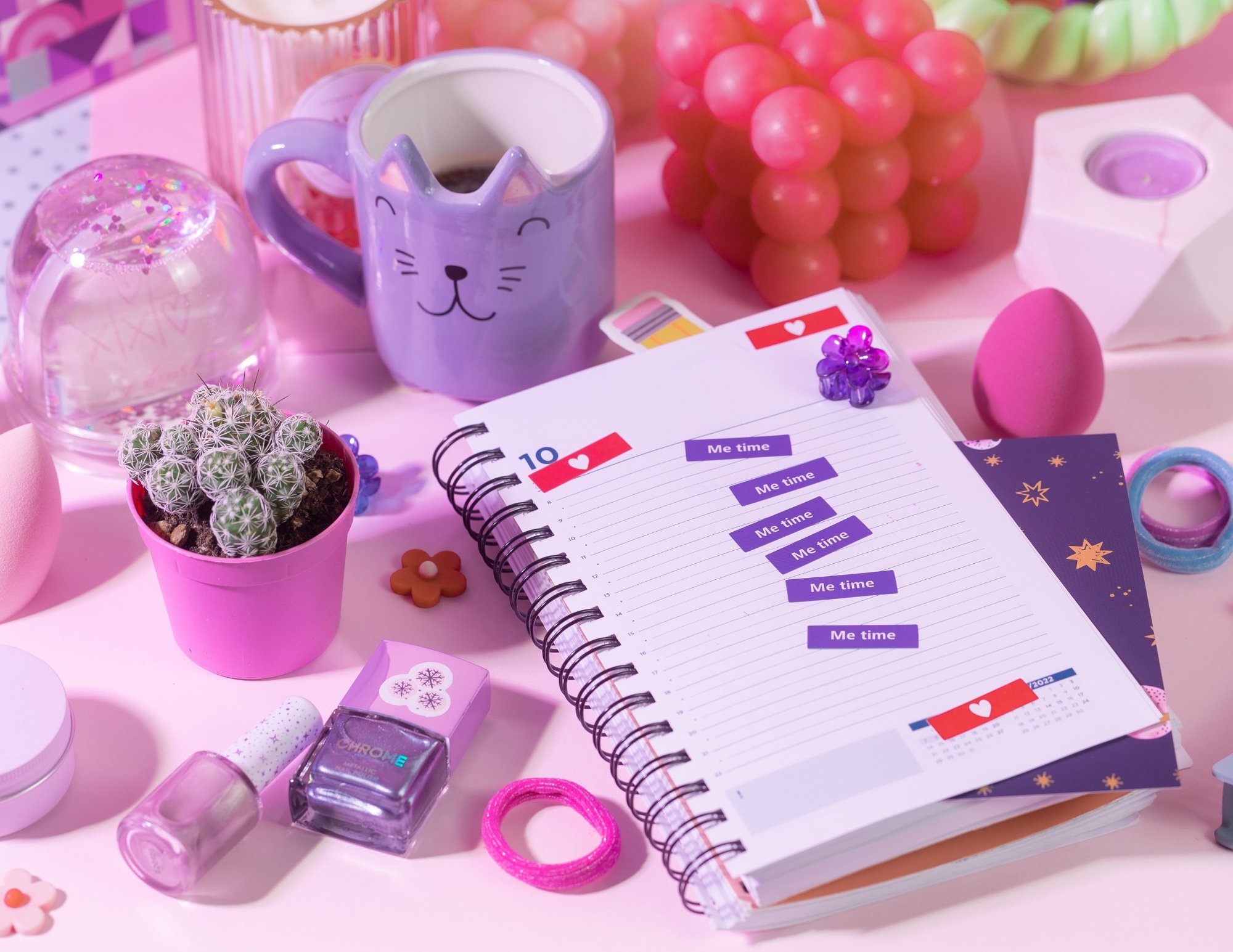Stress, anxiety, frustration, restlessness, anger, jealousy, sadness, fear, and guilt—what do all of these have in common? They make up some of those BIG feelings children commonly experience as they grow into adolescence. As parents, witnessing your children moving through these big emotions can lead to some pretty intense feelings for you as well! So, what can be done to help when big feelings arise? This blog highlights strategies children can use to become more emotionally aware and provides tools they can add to their emotional regulation toolkits!
The Building Blocks of Emotional Awareness
Before diving into strategies for managing big emotions, it is first imperative to develop an awareness of what those emotions actually are, when they strike, and how each individual reacts to them. Even at a young age, there are ways to begin to strengthen the awareness of one’s emotions.
Visual prompts offer a great opportunity for children to name their feelings as they begin to become more emotionally aware. Feeling face charts can help children connect the way they feel to the proper word to describe it. Once a child can actually name what they are feeling, they will be more empowered to communicate their big emotions that arise, and you as the parent will be better able to help them!
Books and movies can be another tool to assist children in understanding what their big feelings are. Inside Out is an excellent Pixar movie that turns emotions into characters. Books like In My Heart: A Book of Feelings also help represent and describe the many feelings humans go through! There are also some great social media accounts, one example being Big Little Feelings, that aim to empower parents to help their children navigate all of their emotions.
When your child is going through a big feeling, help them to name the feeling, and be sure to validate it. Children need to know that all emotions are okay to feel and have a sense of security in doing so. Once this groundwork is laid, your focus can shift toward helpful strategies to manage these emotions!
Coping Mechanisms: Creating an Emotional Regulation Toolkit
Once your child has a better understanding of their emotions, they can then start to build a personal toolkit of ways to cope with these feelings. Remember, each child is different, and what works for one kid may not work as well for another. Below are some starting points to try out!
Mindfulness and breath work can be extremely powerful tools to use when stress, frustration, and anger come around. These practices encourage more self-awareness in times of calmness, so that whenever big emotions arise they can be of help! Check out our previous blog titled “Stress-Free Ways to Incorporate Breath Work into Kids’ Daily Lives” for specific ways to integrate breath work into your children’s day.
Exercise may be one of the most effective ways to deal with emotions when they get big and scary. Movement, in whatever form your child prefers, will allow them to clear their heads enough to be able to circle back and more gracefully deal with their feelings. Going for a run or walk, having a dance party to some favorite tunes, biking, playing a sport, or spending time in nature are all ways to get the body moving!
It is also important to cultivate some emotional outlets with these strategies. A Calm Down Kit is a physical bag or basket with items that nurture the senses and help calm the nervous system. Read our previous blog called Creating the Ultimate Calm Down Kit: Using the Five Senses to Reset and Regulate to learn how to create your own. Allowing space for creativity can also be of use. Drawing, painting, dancing, singing, creative writing, and journaling are all great creative outlets to help process big emotions strike! We also have a blog titled Encouraging Children to Find their Voice Through Journaling with tips to help jumpstart journaling.
There is no single “best” way to deal with all of the big emotions children will inherently encounter as they grow, but through communication, practice, and trial and error, you and your child can work together to create a personalized set of strategies and tools to maneuver all of life’s twists and turns.
Written by Laine J.





